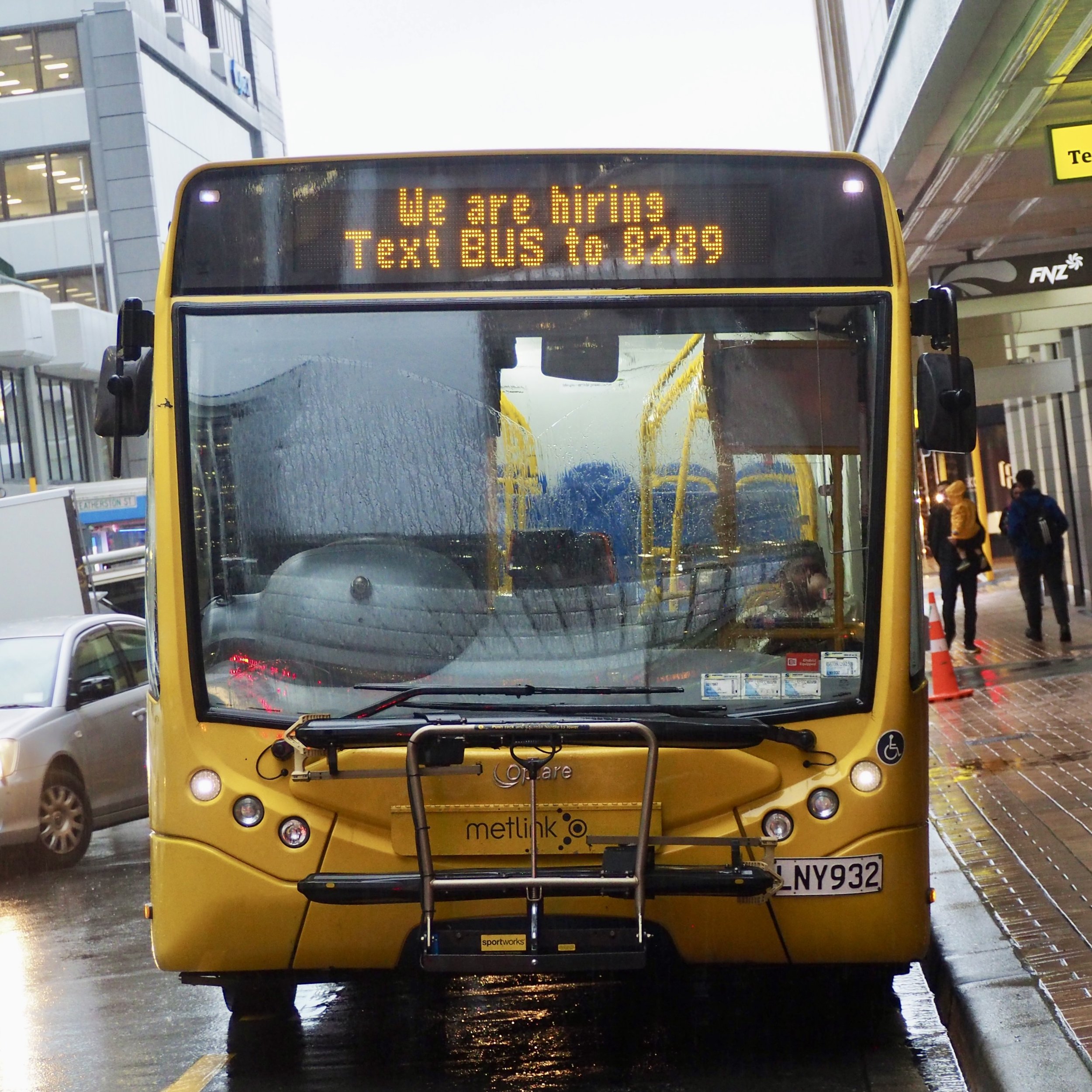Wellington has better options than a public transport trip cap
Author: Alex Baker - 14 June 2025
Interested in more? Follow me on instagram @alexbakerwellington
I am a huge advocate for public transport. Whether you use it or not, having a great public transport network is essential for a city. I’ve lived overseas and seen public transport that is reliable, quick, cheap and sustainable. I believe we can have this in Wellington.
I was pleased to see one of my mayoral opponents talking about growing public transport and announcing a policy in this space. However, I wanted to have a look under the hood to see how this stacks as a public transport policy; and whether or not it represents value for money for the people of Te Whanganui a Tara.
At face value the ‘trip cap policy’ promises that if you travel on public transport eight times in a seven day period you can travel for free for the rest of the week.
It has been pitched as costing around $4.5 million each year and resulting in 300,000 additional public transport trips. The Wellington region had 38 million public transport trips last year. So this is a 0.79% increase, at about a $15.00 subsidy per extra trip generated.
The announced goal of this trip cap is public transport growth. However, international public transport best practice tells us that, so long as costs aren’t too high compared to salaries (which in Wellington they are not), then reducing fares further is not actually the best option.
To grow public transport, reliability and frequency are key. So these are what we need to focus on.
Used differently, this $4.5 million a year could be used to make massive improvements in either of these spaces.
For example if this money was set aside instead of used for the subsidy it could easily fund the full Courtenay Place Revitalisation project. This upgrade would allow our bus operators to run more reliable, quicker and cheaper services; and give us a much improved central city. Personally I would by far prefer this option.
Another approach could be using the funding to expand and improve bus operations. With some modest assumptions, this money would fund 45 extra buses and bus drivers, increasing fleet size by 10% and allowing significantly improved bus frequency.
Finally I thought I’d check out who saves what, where - and under what conditions. Some quick maths tells me that if you live in the Lambton Ward and use the bus ten times a week 48 weeks a year you’ll save $193 per year.
Live in Southern, you’ll save $330. East, West or North and you are looking at $330m, $422, $475.
If you use the bus 10 times per week then you’ll save between 40c and $1 per trip. Use it less than 8 and you’ll save nothing.
The story is a bit different if you live elsewhere in the region. Porirua saves $580, Upper Hutt: $840, Waikanae: $1,160, Masterton: $1,680.
The policy is clearly far more beneficial for people who live outside of Wellington. It is also really open to piss taking. For example, if you live in Masterton and take the bus to the station, train into town, bus to work, bus to lunch, then back - all on a Monday you can then travel for the rest of the week free and save yourself $8,090 per year.
A more defensible version would be a zone based fare cap with a maximum daily or weekly dollar figure for each set of zones. This would reduce the extent to which Wellingtonians subsidise people from other cities and stop some of the potential for micky mouse cost saving tactics.
The trip cap policy reminds me of the sorts of policies we struggled with under the previous Labour government. Well intentioned, but not well designed. It isn’t good value for money if you are a Wellington rate payer or public transport user. It’s also hard to see it doing a better job of growing public transport than other similarly priced options.
On top of all that Public Transport services and funding are not even within the sphere of control for the Mayor of Wellington - so Andrew's announcement is a bit of a moot point - "vote for me and I’ll ask Greater Wellington Regional Council nicely to do this'“. Personally, I would be negotiating much harder with Greater Wellington Regional Council for a better deal for Wellington.
I believe our city can achieve financial and sustainability goals, but not if we accept policies like this one.
Notes:
NB1. Courtenay Place Revitalisation assumptions:
Capex $59m
Long term Council cost of debt 4.2%
NB2. Bus fleet expansion assumptions:
Operator WACC 10%
Per bus CAPEX $700,000
Farebox recovery: 50%
Inflation: 2%
Corp tax rate: 28%
